Polished Sauropod Bone withExcellent Cell Structure. 2.5 lbs
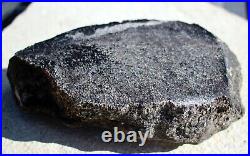
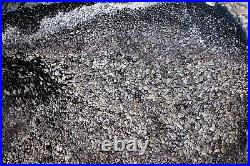
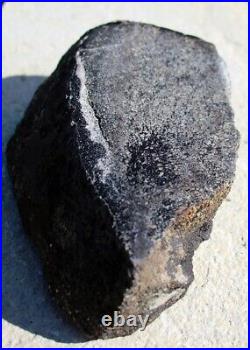
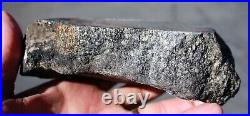
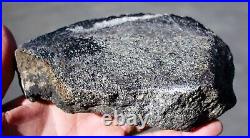
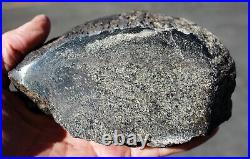

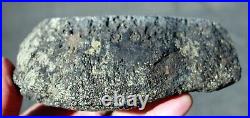
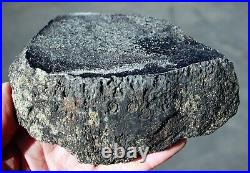
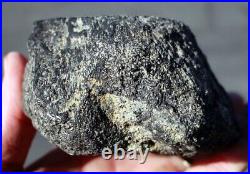
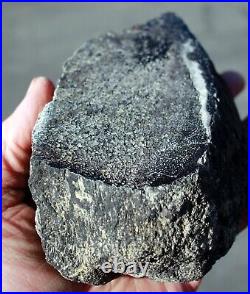


Distal End of Fibula w/ Excellent Cell Structure. Collected on a Private Ranch in Albany Co. Dinosaur bones are preserved when mineral rich water soaks into the bones of the dead animal. Over time the minerals replace the cells in the bones (those are blues and whites that you see in the center/marrow of the bone) and harden. The result is an exact mineral-rich replica of the original dinosaur bone.
The dinosaur rich Morrison Formation in Albany county (between Casper and Laramie), Wyoming. How Do I Know This is an Authentic Dinosaur Bone? There are several clues that lead to the conclusion that these are bonafide pieces of a skeleton.
Appearance: We hate to state the obvious but take a good look. The outside texture, shape and even the relative size should clue you in that this is something that could very easily be a bone. Collecting Location: These specimens were collected in the Morrison Formation in eastern Wyoming.
It is a rock layer that was formed when the dinosaurs roamed the earth and is famous for being full of dinosaur memorabilia, bones, tracks, gastroliths and poop. Host Rock: The rocks in the Morrison Formation, where the bones are found, are sedimentary rocks. Sedimentary rocks are prime collecting locations for fossils.
If you look in igneous rock layers (cooled lava) or metamorphic rock layers (squished and heated rock) you are going to have a much harder time finding fossils. Associated Fossils: Again, not to beat a dead horse but, the bones are found in the same area where you can also find fossilized dinosaur poop, gizzards stones and sometimes tracks. It is not a huge stretch to suggest that where there were dinosaurs living and eating and pooping for millions and millions of years that some of that poop might have dried up, been buried and mineralized. Mineral Rich Cells: Paleontologists will tell you that the dinosaur bones of raptors were hollow like their distant relatives, the bird. The center of the bones are full of cells that have been filled with white calcite and quartz which provides a stark contrast to the surrounding black minerals forming the rind of the bone. Rind: The outside coating of the bone is called the rind. The texture is smoother, usually a different color and looks like an old bone.